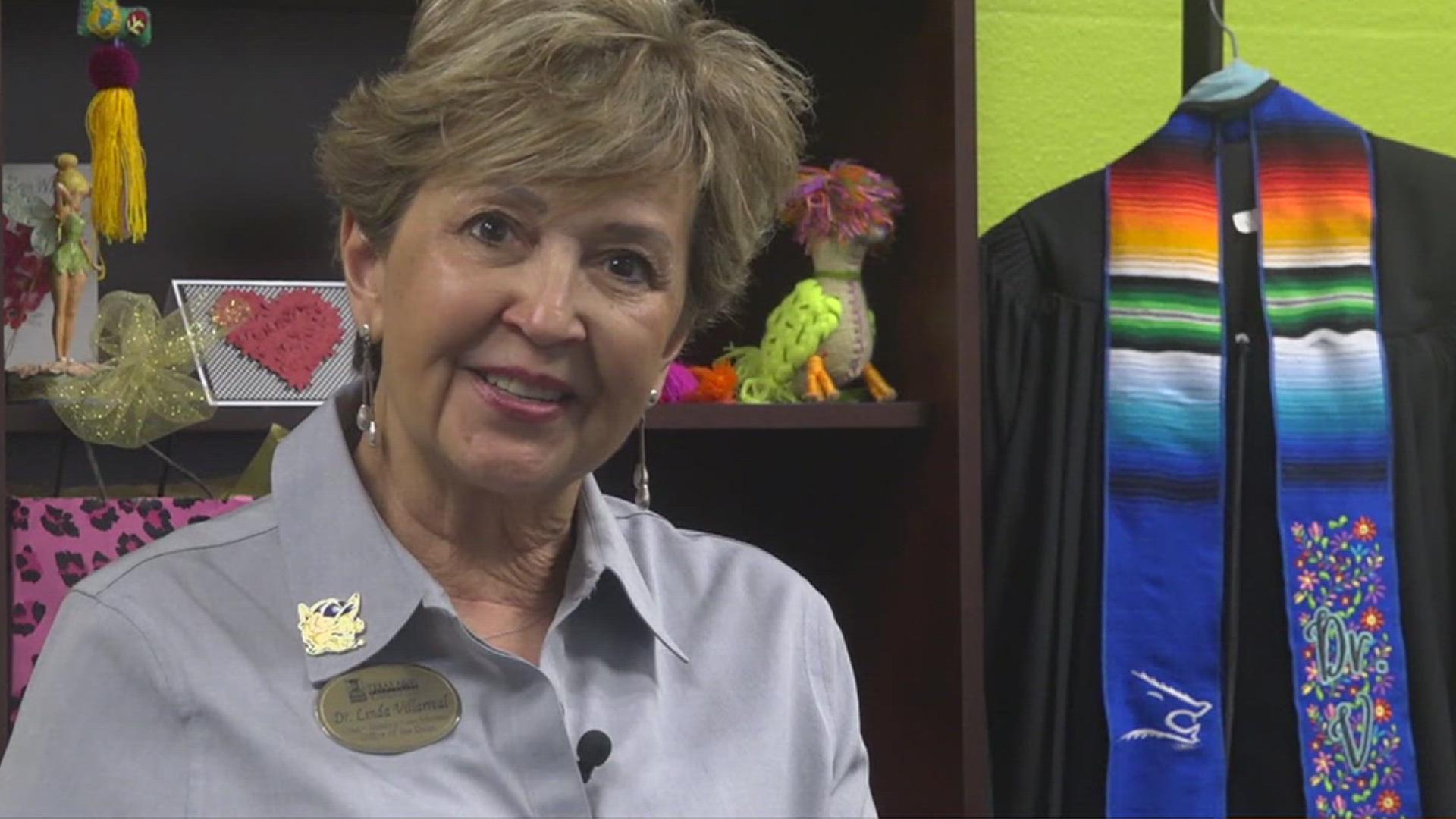CORPUS CHRISTI, Texas — Check out this fact: Only 6% of professors in the U.S. are Hispanic.
Hispanic-Serving Institutions are defined as colleges or universities whose student population is made up of at least 25% Hispanic students.
According to the Hispanic Association of Colleges and Universities, Texas A&M University-Corpus Christi has just over 50% Hispanic enrollment.
Texas A&M University - Kingsville has over 75%.
3NEWS spoke with Hispanic professors at both universities to learn more about what representation means to them and their students.
Dr. Linda Villareal is the interim dean of the College of Education and Human Performance at A&M University - Kingsville.
“This place is a place that feels wonderful. It feels comfortable and it feels welcoming not only to students but to faculty. It's a special place," Villareal said.
Dr. Villareal is a proud alumni of Texas A&M University - Kingsville. She earned her bachelor's, master's and PhD degrees from the university.
"When I came to college here, it was Texas A&I, and I saw myself in some of our professors, Hispanic professors," she said.
As the head of a department that produces educators and leaders, Dr. Villareal understands the importance of representation in the classroom.
"Sometimes we have these big dreams, and we wonder if we can do it, if we can achieve it, and we see somebody that's like us, that has the same cultural experiences as us, is that important," she said. "I think the professors being able to connect with students and their cultural experiences make their learning experiences much stronger."
Over at Texas A&M University-Corpus Christi, professor Dr. Jose Baca is passing on his passion for engineering to the next generation.
Baca has traveled the world to get his education – receiving his bachelor's degree in Mexico, his master’s in Germany and his PhD in Spain.
I just feel that by being Hispanic in this area I can really identify, and the students can identify with some of those things. It might help in maybe understanding easier or better," he said.
While he's had the chance to interact with Hispanic engineers on his educational journey, Hispanic engineers only make up around 9% of the engineering workforce in the U.S.
He hopes students who may not see themselves reflected in profession today will set out to do what they once deemed impossible.
"If engineering is something that is of interest, even a little bit, give yourself the opportunity to try," he said.
Dr. Baca is a mentor to PhD student Ruben Dominguez. He says seeing Hispanic engineering professors at the island university means a great deal to him - giving him the push to pursue even bigger dreams.
“It gives you the confidence to feel like you could even aspire to have the sort of relative professions and careers," Dominguez said. "It's very helpful to be able to have the confidence to achieve things that you really didn't feel like you'd be able to."

